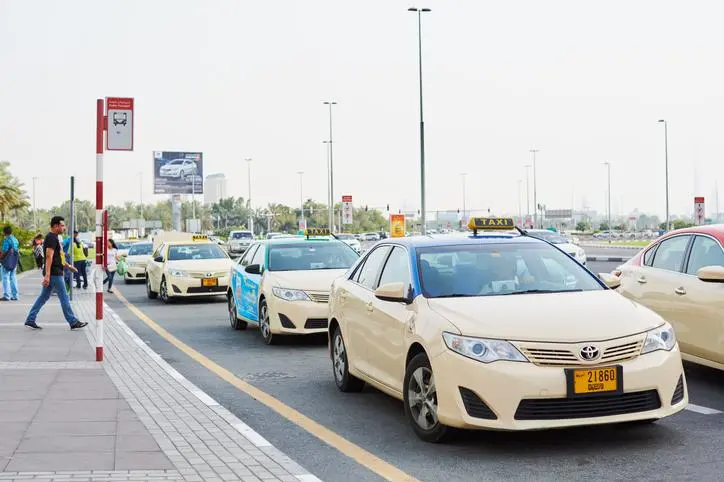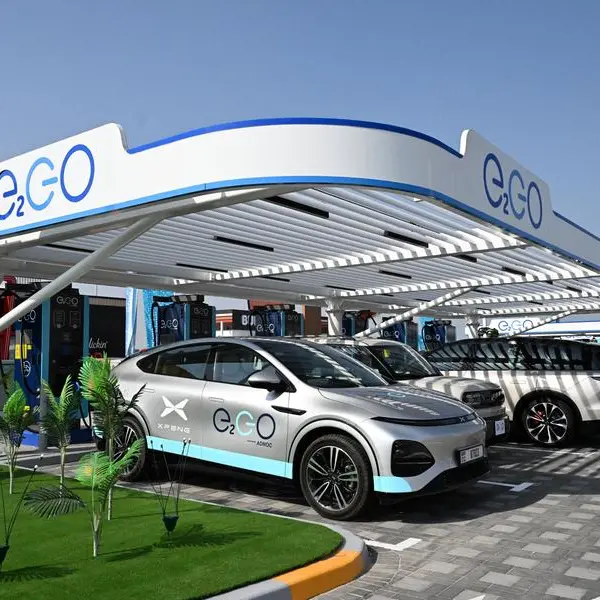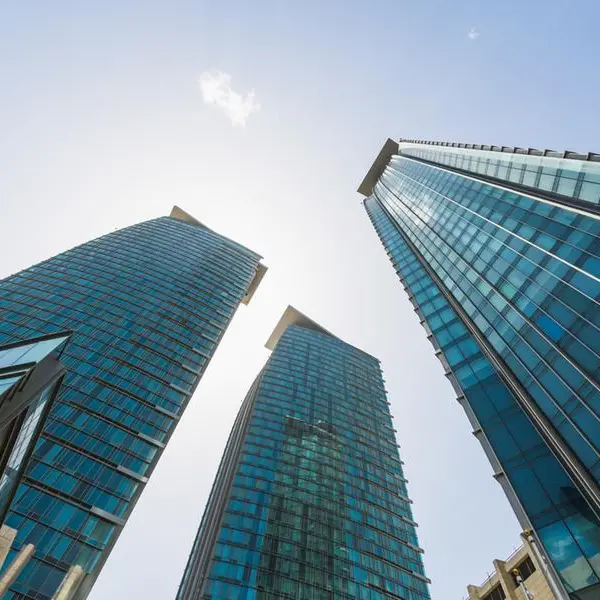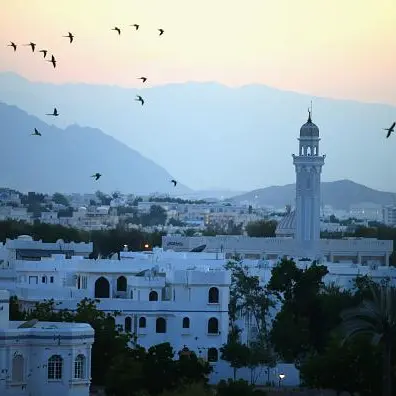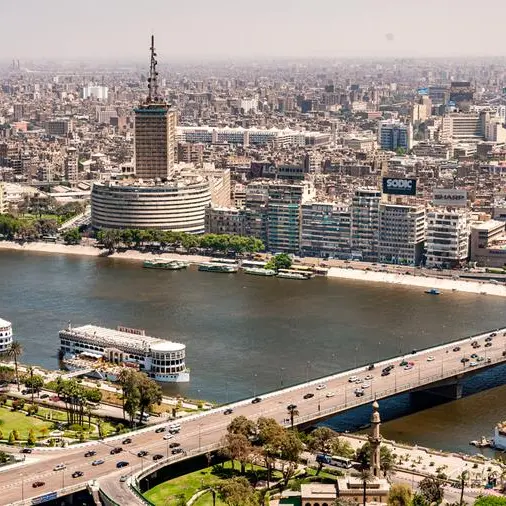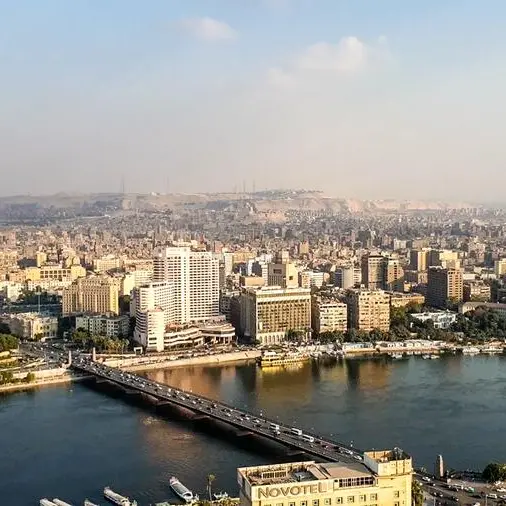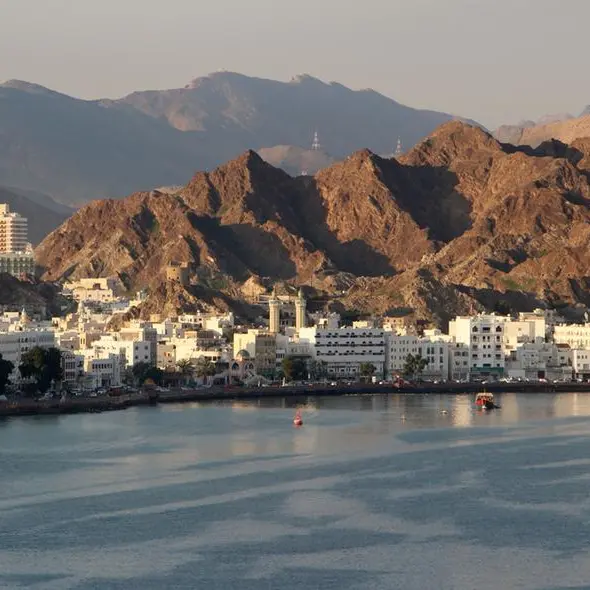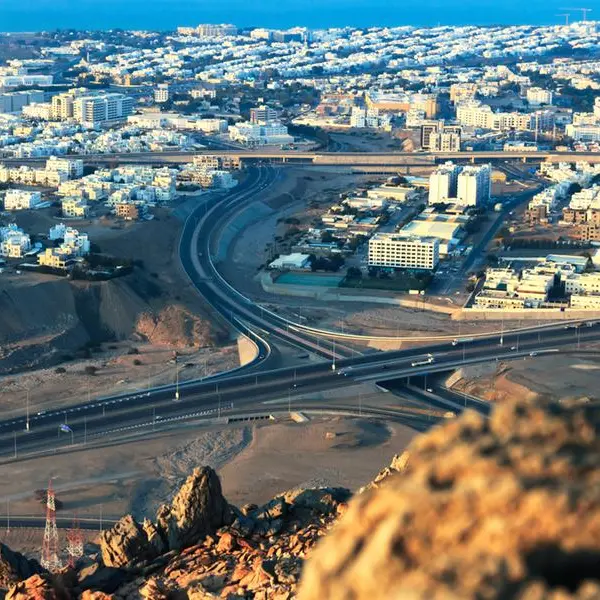PHOTO
DUBAI - Dubai’s Roads and Transport Authority (RTA) announced that the number of riders using public transport means and shared mobility in Dubai that include Dubai Metro, Dubai Tram, public buses, marine transport means (abras, ferry, water taxi, water bus), e-hail rides, smart car rental, Bus-On-Demand, and taxis (Dubai Taxi and franchise company taxies) clocked nearly 304.6 million during the first half of 2022. The number compares well with the number lifted in the first half of 2021 which amounted to about 202 million riders. The daily average rate of riders using public transport means, shared mobility and taxis in the first half of 2022 reached about 1.68 million riders, compared to about 1.1 million riders in the first half of 2021.
Mattar Al Tayer, Director-General, Chairman of the Board of Executive Directors of the RTA, said: "The Dubai Metro and taxis accounted for the biggest share in the number of riders using public transport, shared transport and taxis, with 36% for Dubai Metro, and 29% for taxis, while public buses contributed to 26%. March 2022 was the busiest of all months recording 62 million riders, which coincided with the end of Expo 2020 Dubai. Ridership in other months ranged from 46 to 49 million riders. The first half of 2022 saw a 3% growth in the ridership rate, in comparison with the same period in 2019, before the Covid-19 pandemic. It is an important indicator of the rising demand for public transport means as well as the resurgence of economic activity in Dubai."
"Dubai Metro ridership on both the Red and Green Lines reached 109.1 million riders in the first half of 2022, with Burjuman and Union stations accounting for the biggest share of riders. On both the Red and Green Lines, Burjuman Station served 6.2 million riders, while Union Station was used by 5.3 million riders," added Al Tayer.
"Al Rigga Station was the busiest on the Red Line serving 4.7 million riders, followed by Mall of the Emirates Station (4.6 million riders), and Burj Khalifa/Dubai Mall Station (4.3 million riders). On the Green Line, Baniyas and Sharaf DG Stations ranked first in terms of riders (3.6 million riders each), next came the Stadium Station (2.7 million riders) ahead of Salah Al Din Station (2.5 million riders) and Al Ghubaiba Station (2.3 million riders)," explained Al Tayer.
In the first half of 2022, Dubai Tram lifted 3.6 million riders, public buses served 78.6 million riders, and marine transport means (abras, water bus, water taxi, and ferry) lifted 8.2 million riders. Shared mobility means (e-hailing, smart rental vehicles, Bus-On-Demand) lifted 16.4 million riders and taxis (Dubai Taxi, and franchise companies) lifted 88.7 million riders.
"These results reflect the efficiency of RTA’s plans and programmes implemented to provide diverse mobility options for people in the emirate. Dubai’s public transport network, which is fully integrated, has now become the backbone of people's movement around Dubai. The network succeeded in coaxing a change and evolution in the culture and attitudes of the community towards using more public transport means," noted Al Tayer.
"RTA’s strategic and executive plans are built on the principle of integration. As such, the smooth traffic flow in the emirate hinges on the provision of integrated solutions for broadening and improving the networks of roads, crossings and public transport means including the metro, tram, buses, marine transport means, first and last-mile mobility means and shared transport. It also depends on the improvement and integration of facilities for pedestrians and cyclists and upgrading traffic systems, roads and public transport to ensure optimal utilisation and efficiency. The smooth mobility elements also cover the implementation of policies capable of limiting the public reliance on private vehicles and increasing their reliance on other mobility means including public and shared transport," concluded Al Tayer.
